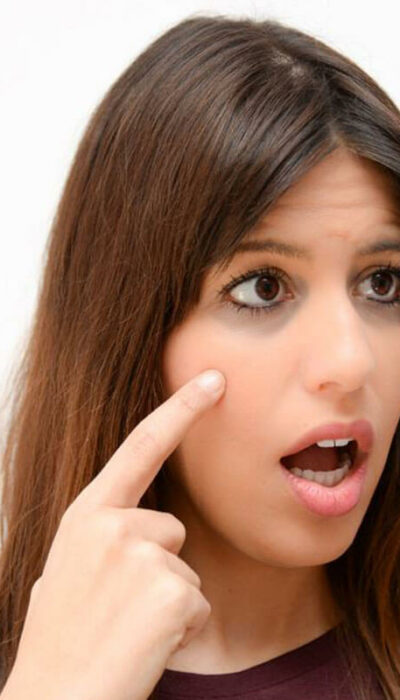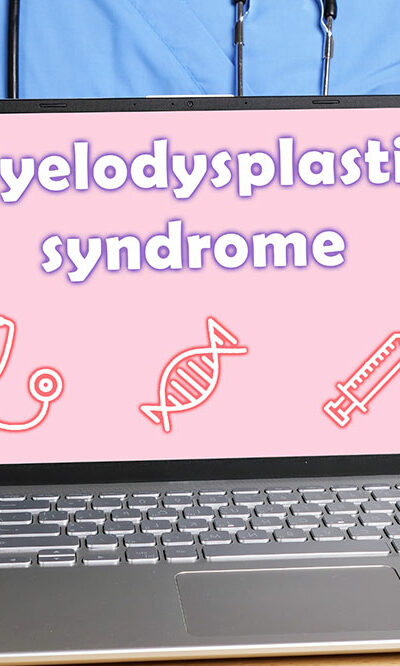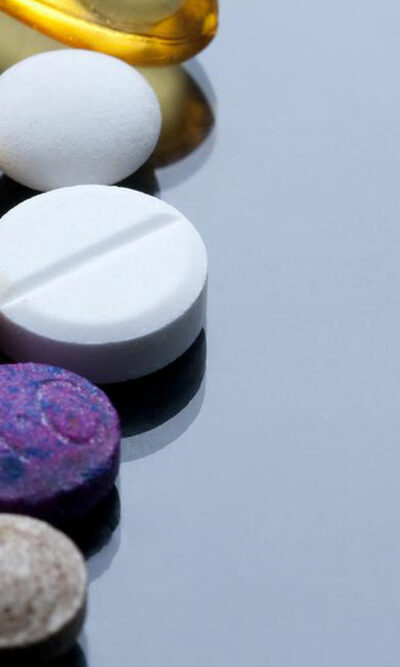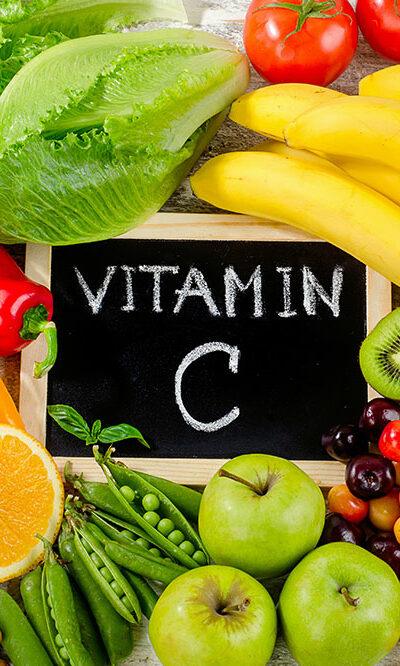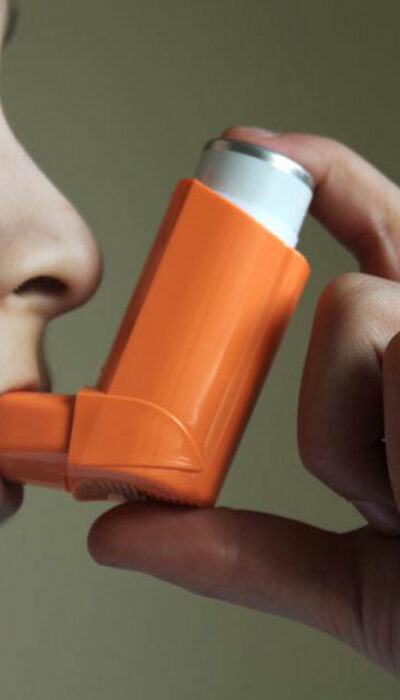
Everything You Need to Know about Neck Pain
Neck pain is also called cervical pain. It is pain in cervical spine, which is complex in structure. It helps support our head and movement of heads into a different direction. Due to its most critical and important function, cervical become a cause of pain for many people. Do you ever wonder why when sitting in the same position for longer than 4 to 5 hours cause a sort of pain in your neck? This happens because your neck has been in a discomfort position for a long time. Thus, our sitting and sleeping positions matter a lot in neck pain. There are many types of neck pain that people experience during their lifetime. Let’s see if you have ever experienced or are experiencing any of them. Types of neck pain There is more than one type of neck pain that people suffer during their lifetime. Majority of people in the world experience neck pain at some point in time. In most of the cases, there is no surgery required to cure neck pain. But in more severe pain, surgery could be a way out. The factors such as cervical herniated, muscle strain and stenosis are a general cause of neck pain. The neck pain is broadly classified into two categories, which are introduced on the basis of the intensity of pain one experience in the neck. Two categories are acute neck pain and chronic neck pain. Acute neck pain In most cases, acute neck pain is caused by muscle strain and soft tissue sprain that is also known as ligaments tendons. This injury is a result of a sudden force that is further a result of a car accident. Strain in neck such as stiffness of neck due to wrong sleeping position and caused due to carrying heavy luggage often takes a form of neck pain.

